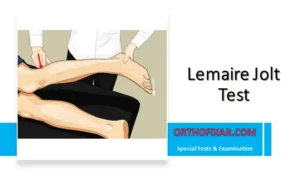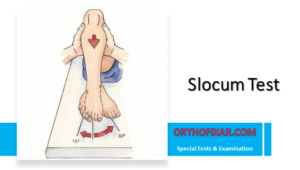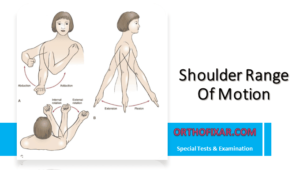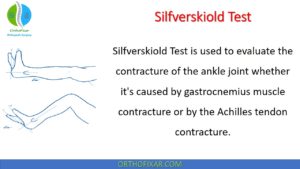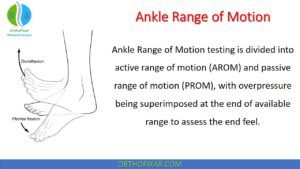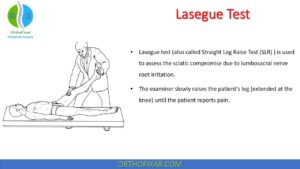Weber Two Point Discrimination Test

The Weber Two Point Discrimination Test is the most commonly used neurological examination for assessing the sensibility of the upper extremity. It was first introduced by Weber in1953 using calipers and by Moberg in 1958 using a paper clip.
Today it is recommended that a two-point aesthesiometer tool such as a Disk Criminator be used. The instrument is explained and demonstrated to the patient until an appreciation can be made between one and two points in an area of normal sensibility.

How to Perform Weber Two Point Discrimination Test?
The instrument is applied, in a perpendicular fashion, to all of the fingertips in a mixed series of two and one points for five consecutive applications. The patient should be able to recognize at least four out of the five or seven out of ten. The clinician repeats the tests in an attempt to find the minimal distance at which the patient can distinguish between the two stimuli, decreasing or increasing the distance between the points depending on the response by the patient.
This distance is called the threshold for discrimination: Normal discrimination distance is less than 6 mm, although this can vary between individuals, and in the area of the hand, with normal fingertip scores between 2 and 5 mm and finger surface scores between 3 and 7 mm.
See Also: Semmes Weinstein Monofilament Test
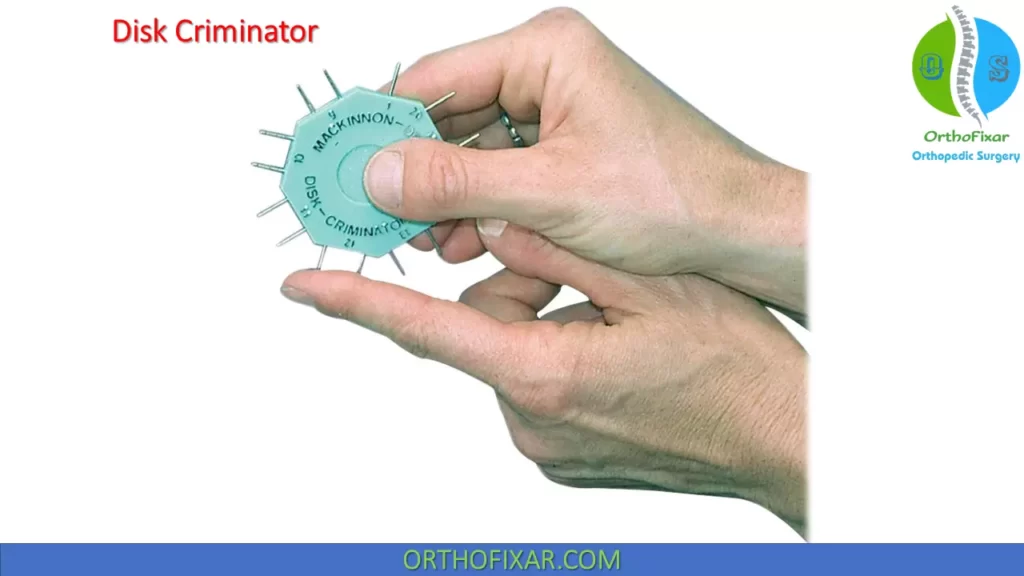
Two Point Discrimination Test Reliability
Studies investigating the sensitivity and the specificity of the Weber Two Point Discrimination Test indicate that the test has a high specificity but low sensitivity.
Buch-Jaeger and Foucher found the test to have a sensitivity of 6 % and a specificity of 99 %. Another study by Gellman and colleagues found the sensitivity to be 33 % and the specificity to be 100 %. These findings suggest that the Weber Two Point Discrimination Test is useful for ruling in CTS.
Dellon’s Moving Two-Point Discrimination Test
The Dellon’s Moving Two-Point Discrimination Test is used to predict functional recovery; it measures the quickly adapting mechanoreceptor system. The test is similar to Weber two point discrimination test except that the two points are moved during the test. This test is best for hand sensation related to activity and movement.
The examiner moves two blunt points from proximal to distal along the long axis of the limb or digit, starting with a distance of 8 mm between the points. The distance between the points is increased or decreased, depending on the response of the patient, until the two points can no longer be distinguished. During the test, the patient’s eyes are closed and the hand is cradled in the examiner’s hand.
The two smooth points, whether a paper clip, a two-point discriminator, or calipers, are gently placed longitudinally. There should be no blanching of the skin indicating too much pressure when the points are applied. The patient is asked whether one or two points are felt. If the patient is hesitant to respond or becomes inaccurate, the patient is required to respond accurately 7 or 8 of 10 times before the distance is narrowed and the test repeated.
Normal discrimination distance recognition is 2 to 5 mm. The values obtained for this test are slightly lower than those obtained for Weber two point discrimination test. Although the entire hand may be tested, it is more common to test only the anterior digital pulp.
References & More
- Dellon AL. The moving two-point discrimination test: clinical evaluation of the quickly adapting fiber/receptor system. J Hand Surg Am. 1978 Sep;3(5):474-81. doi: 10.1016/s0363-5023(78)80143-9. PMID: 568154. PubMed
- Callahan AD. Sensibility testing. In: Hunter J, Schneider LH, Mackin EJ, et al., eds. Rehabilitation of the Hand: Surgery and Therapy. St Louis: CV Mosby; 1990.
- Jones LA. The assessment of hand function: a critical review of techniques. J Hand Surg Am. 1989 Mar;14(2 Pt 1):221-8. doi: 10.1016/0363-5023(89)90010-5. PMID: 2649546. PubMed
- Dellon AL, Kallman CH. Evaluation of functional sensation in the hand. J Hand Surg Am. 1983;8:865–870. PubMed
- Orthopedic Physical Assessment by David J. Magee, 7th Edition.



